Ultimate Guide to Google My Business Optimization for Local SEO
Boost your local SEO in 2025 with expert Google My Business optimisation tips to rank higher on Google Maps and search results.
Mike | 11 Nov 2025
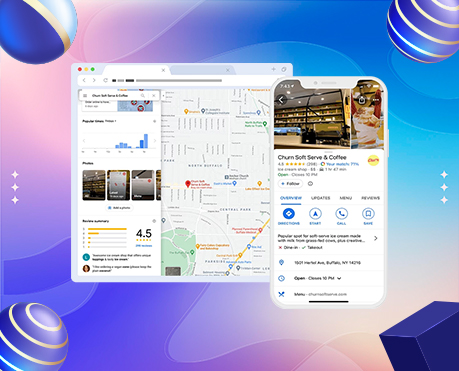
In today’s digital-first world, visibility on Google can make or break a local business. In 2021, Greenleaf Spa — a relaxing wellness studio in Austin, Texas — had lots of satisfied walk-in customers, but barely any online presence. Their mission was clear: be the top choice for searches like “spa near me” or “best massage in Austin.”
To do this, founders Emma and Ryan Williams turned to a game-changing tool – Google My Business (GMB). They quickly learned that while social media gets your attention, GMB connects you with real, ready-to-book customers.
This guide follows the proven strategies Greenleaf Spa uses to dominate travel and local search – from smart keyword research and competitive insights to AI-powered optimisation techniques for 2025.
🌱 Challenge: Creating Organic Flow for a New Business
In 2021, Greenleaf Spa, a small wellness studio based in Austin, Texas, was struggling to get discovered online. Despite getting rave local reviews from walk-in customers, their digital footprint was almost invisible.
Their mission was simple – to make Greenleaf Spa the relaxation hub for nearby residents searching for “spa near me” or “best massage in Austin.”
To achieve this, two things became clear:
- They needed to build a strong Google My Business presence to improve organic visibility in local searches.
- They had to understand their competition – how were other top-rated spas in their area ranking so high on Google Maps?
“Google My Business is the heartbeat of local search,” says founder Emma Williams. “Social media draws attention, but GMB drives traffic – it connects us with real customers ready to book.”
With that mindset, Emma and Ryan decided to document their journey to local SEO success, using GMB Optimisation as their foundation.
Step 1: Conduct Market Research
Before setting up your Google My Business profile, the Greenleaf team began in-depth keyword research to find out what potential customers were searching for.
Using Google Keyword Planner and Semrush Keyword Magic Tool, they explored queries like:
- “spa near me”
- “massage centre Austin”
- “facial treatments nearby”
- “deep tissue massage price”
The data showed high search volume and medium keyword difficulty – ideal for buyer-intent keywords. They also turned to Google Trends to identify seasonal spikes (for example, an increase in searches for “relaxing spa” around the holidays).
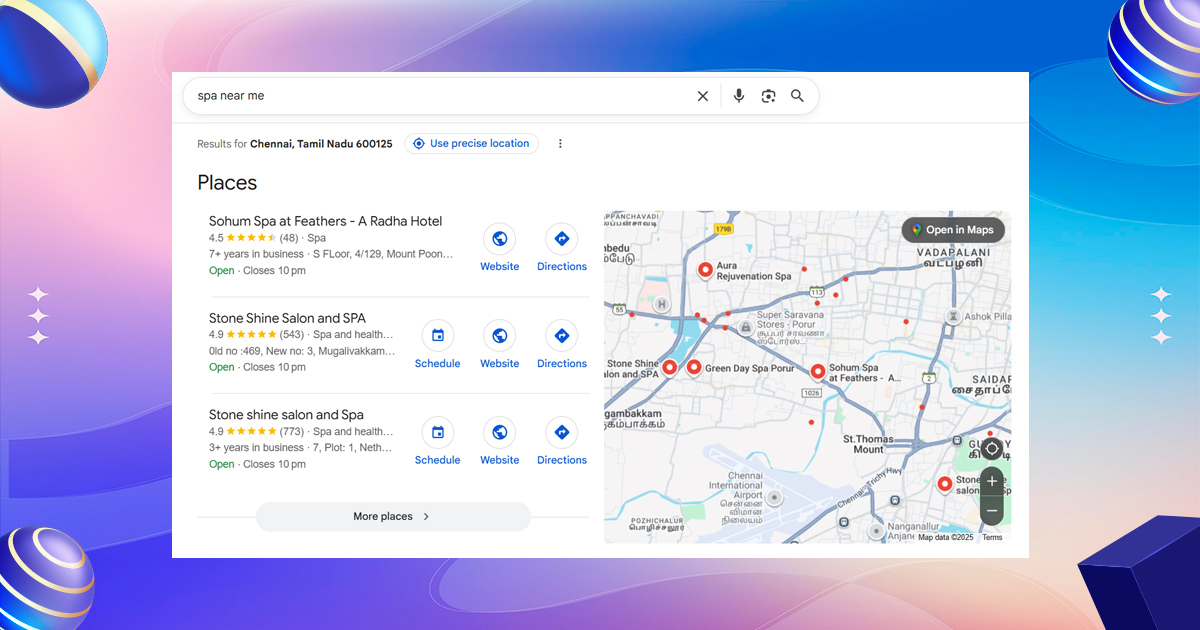
💡 Insight: “Spa near me” became their top-performing keyword, bringing a surge of local traffic once it was optimised on GMB.
Step 2: Dig Into Competitor Data
Next, Emma analysed local competitors who were ranking in the top 3 positions on Google Maps for the same keywords.
Using Google Maps’ View Profile feature and SEMrush keyword overview, they studied:
- Competitive Overview and Business Categories
- Review count and average rating
- Posting frequency and photo quality.
She noticed a pattern – the highest-ranking spas posted weekly updates, had more than 200 reviews, and wrote keyword-rich service descriptions.
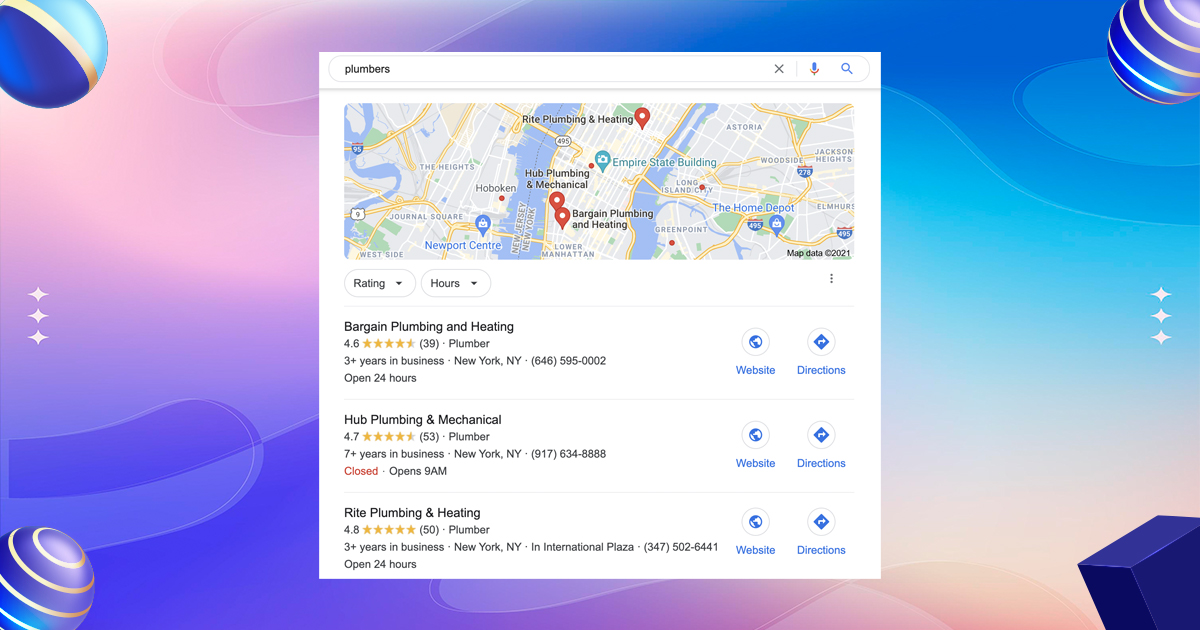
From these insights, Greenleaf Spa created a data sheet of local SEO benchmarks – what Emma called their “visibility checklist.”
Step 3: Do Offline Competitor Research
Once they had solid online insights, Emma and Ryan took things offline. They visited nearby spas, looked at branding consistency, interacted with clients and even booked a few sessions to understand what made others so successful.
They examined pamphlets, price menus, and even front-desk scripts to find keyword-rich language like “best couples massage” or “custom aromatherapy.”
💬 “Offline competitive tours helped us design better packages and capture unique photos that reflect our local attractions,” says Ryan.
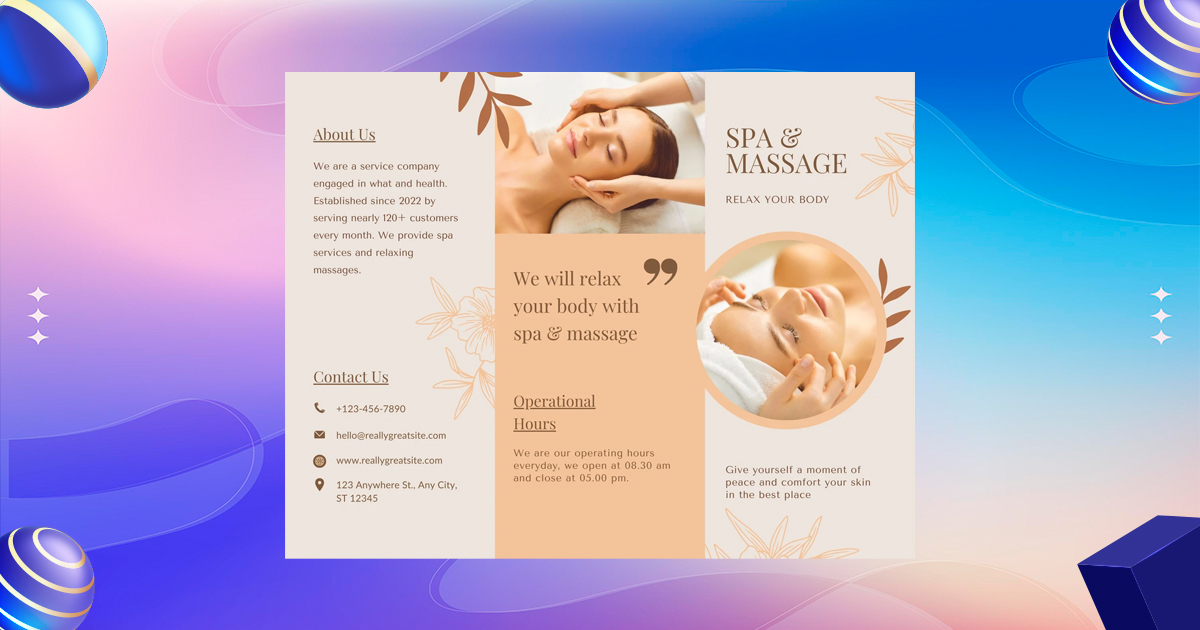
Armed with this real-world insight, they created a brand story that blended authentic experiences with SEO-driven messaging.
Step 4: Launch a Keyword-Backed Google My Business Profile
Once the groundwork was ready, it was time to launch their optimised GMB profile.
The GreenLeaf team ensured their listing included every Google-preferred detail:
✅ Business Name: GreenLeaf Spa – Relaxing Massage & Facial Near Austin
✅ Primary Category: Spa
✅ Secondary Categories: Massage Therapist, Facial Spa
✅ Business Description: A 750-character, keyword-optimised summary including phrases like “stress relief massage,” “organic facials,” and “Austin spa experience.”
✅ High-quality Photos: Professional shots of interiors, treatments, and staff
✅ Consistent NAP: Name, Address, and Phone matched across Yelp, Bing, and the official website
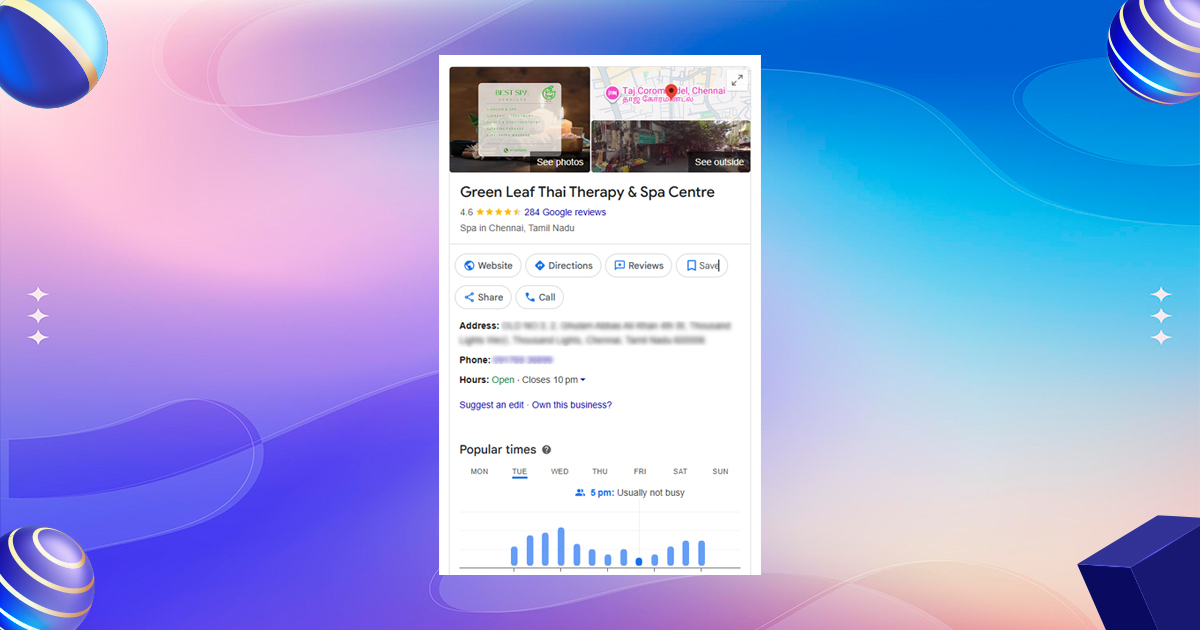
Within just two months, GreenLeaf Spa started appearing in Google’s Local Pack, earning daily direction requests and phone calls straight from Maps.
Step 5: Boost Traffic with a Blog
While GMB increased map visibility, Emma knew relying on a single platform was risky. So, he launched a blog targeting long-tail, location-specific keywords.
Example:
- “Top 5 Massage Benefits for Stress Relief in Austin”
- “How to choose the right spa near you”
- “Facials vs Peels – Which one is best for sensitive skin?”
Each post was linked to its GMB profile and used local schema markup to strengthen SEO relevance.
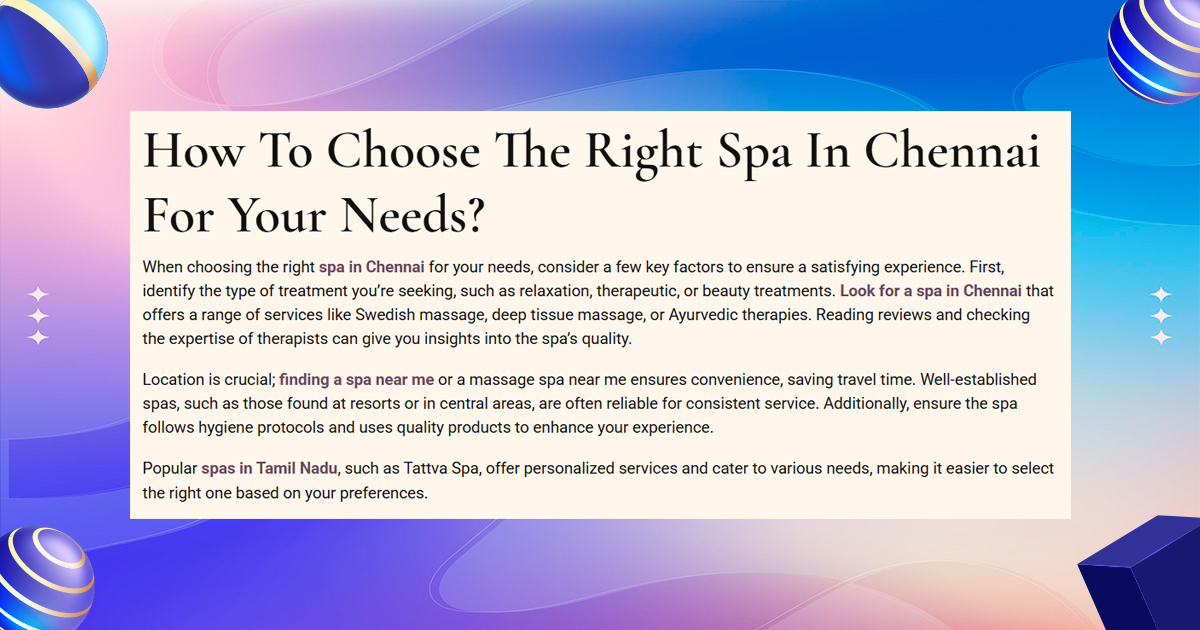
Using SEMrush’s Keyword Magic tool, Emma identified achievable keywords with low difficulty but strong intent. Over time, these posts started ranking organically – driving 25% more visits to their GMB listing.
Step 6: Generate Relevant Backlinks
To build authority, Greenleaf launched a local link-building campaign:
- Collaborated with local wellness bloggers for reviews in exchange for a free session.
- Partnered with nearby yoga studios to exchange backlinks.
- Listings submitted to local directories and event platforms.
Using SEMrush backlink analytics, Emma analysed competitors’ referring domains and reached out to high-quality local websites.
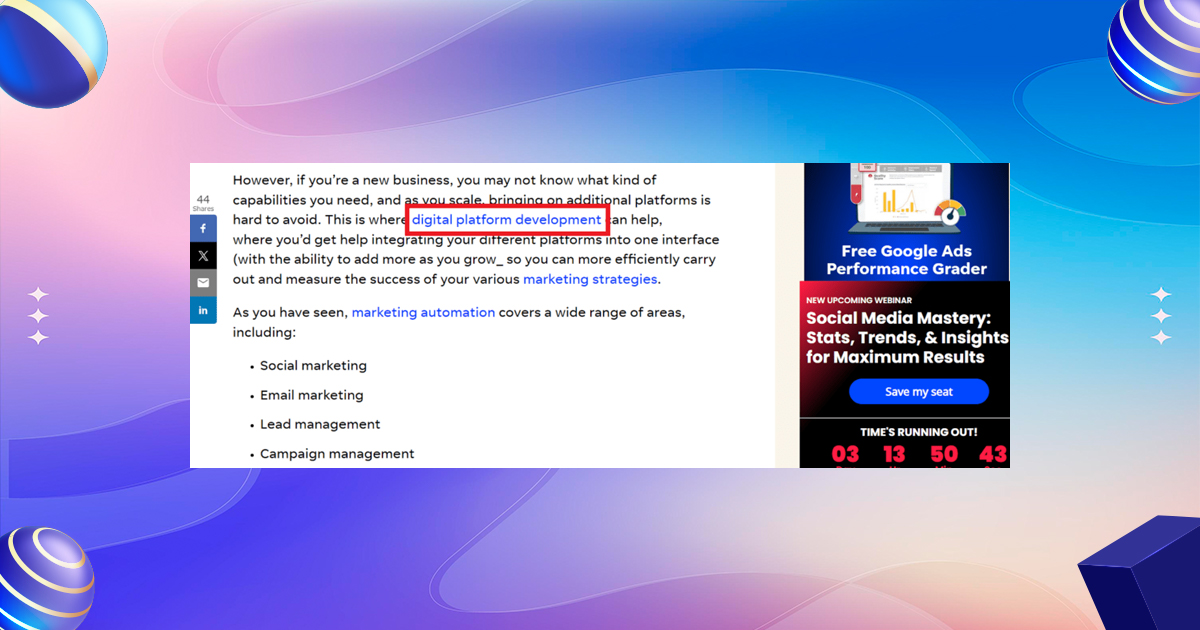
Within a few months, Greenleaf earned backlinks from Austin Wellness Blog and Texas Local Living, significantly increasing her trust score and visibility on Google.
Step 7: Run Regular Audits and Position Tracking
To keep her rankings stable, Emma implemented a monthly audit and tracking routine:
- Used SEMrush site audit to fix broken links and missing metadata.
- Google My Business Insights checked for profile engagement – calls, leads and reviews.
- Set up weekly keyword tracking to monitor local pack performance.
If the rankings drop, she immediately reviews top competitors’ listings – checking for new photos, reviews, or content updates – and adjusts accordingly.
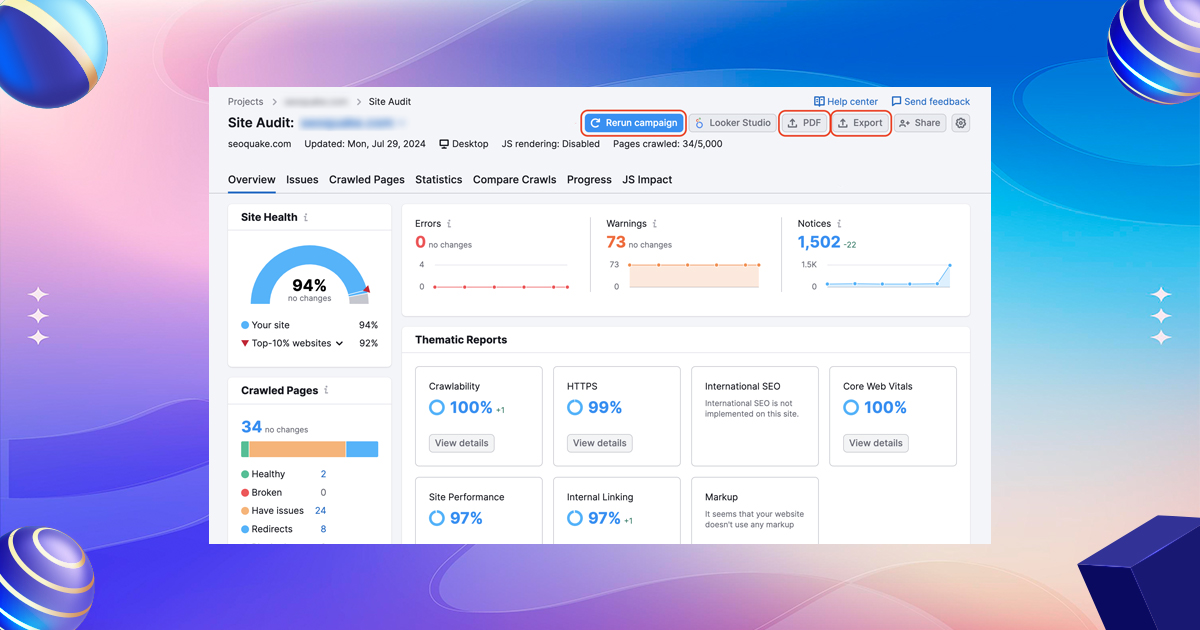
As of 2025, Greenleaf Spa was ranked #1 for “spa near me” and top 3 for many related searches.
🌿 Results: Ranking #1 for “Spa Near Me”
Within just six months of optimisation:
🌱 GMB Views: +280% increase in discovery searches
📍 Ranking: #1 in Google Maps for “spa near me”
📞 Customer Calls: 200+ monthly inquiries directly from GMB
💬 Reviews: 480 reviews with a 4.9-star average
💰 Revenue Growth: 70% increase in local walk-ins and bookings
By 2025, Greenleaf Spa had expanded to two new locations and earned the title of Austin’s top-rated wellness destination – all thanks to the power of Google My Business optimisation and consistent local SEO.
🔍 Advanced Google My Business Optimisation Techniques for 2025
By 2025, Google My Business — now known as Google Business Profile — will have evolved into a smart, AI-powered platform that values engagement, accuracy, and consistency.
Here’s how modern business owners can dominate local search in 2025:
1. Optimise for Google’s AI-Powered Local Search
Google’s AI now understands user intent more deeply than ever before. For example, if someone searches “best spa for stress relief near me,” listings matching that intent rank higher.
How to Optimise:
- Use intent-driven keywords like “stress relief spa in Austin” or “couples massage for relaxation” in your business descriptions and posts.
- Create Google posts answering search queries (for example, “best spa packages for couples in Austin”).
- Encourage reviews with natural keywords (like “best facial near downtown Austin!”).
2. Enable Google Messaging & Booking Integration
Instant communication is essential in 2025. Google now lets users chat and book directly through their profile.
Do This:
- Enable Google Business Messages for real-time chat.
- Connect booking software like Calendly, Fresha, or Booksy.
- “Do you offer gift cards?” Like set up automatic replies to frequently asked questions.
3. Collect & Showcase Reviews Strategically
Reviews remain one of the strongest ranking factors in local SEO.
Best Practices:
- Ask customers to mention your services and city in their reviews (for example, “Deep tissue massage in Austin”).
- Reply to each review to show engagement.
- Display reviews on your site using schema markup for credibility.
📈 Use tools like Semrush Review Management or Whitespark to monitor review trends.
4. Add Short Videos & 360° Photos
Google now rewards listings with immersive visuals. Businesses using short videos gain more clicks and trust.
Add to Your Profile:
- 10–30 second clips showcasing services or ambience
- 360° interior shots via Google Street View or a 360 camera
- Seasonal updates like “Holiday Spa Vibes” or “New Year Relaxation Packages”
🎥 Keep your branding consistent across all visuals.
5. Leverage the Q&A Section
Google’s Q&A feature is an underrated SEO asset.
Action Plan:
- Add frequently asked questions yourself.
- Include local-intent keywords (e.g., “What’s the best massage for stress relief in Austin?”).
- Pin your most helpful Q&As to the top.
6. Use Local Service Ads (LSAs)
Pairing your GMB with Local Service Ads boosts visibility dramatically.
Why Use LSAs:
- They appear above organic and Maps listings.
- Pay-per-lead model ensures better ROI.
- Verified LSAs build trust and improve CTR.
7. Use GMB Insights to Guide Strategy
Don’t just “set and forget” your profile. GMB Insights (or Performance Reports) reveal key audience data:
- Where customers find you (Search vs. Maps)
- Which photos or posts drive engagement
- Peak call and visit times
How to Use It:
- Post during high-traffic hours.
- Replace low-performing visuals.
- Focus marketing on top-searched services.
📊 Example: GreenLeaf Spa found “facial treatments” received 2× more engagement — and built campaigns around it.
8. Build Local Citations & Mentions
Citations still strengthen your local SEO foundation.
Submit your info to:
Yelp, TripAdvisor, Angi, Bing Places, and trusted local directories.
✅ Keep your NAP (Name, Address, Phone) consistent everywhere.
9. Engage with the Local Community
Google now values community engagement as a strong trust signal.
Ideas to Try:
- Sponsor local wellness events.
- Collaborate with nearby gyms or yoga studios.
- Post behind-the-scenes stories about your team and local involvement.
🗝️ Key Takeaways
- Google My Business is the backbone of local SEO.
- Focus on buyer-intent keywords like “near me” or “best [service] in [city].”
- Study competitors and adopt what works best.
- Keep your listing active with regular posts and review responses.
- Perform routine audits to maintain performance.
🌟 Final Thoughts
In 2025, Google My Business optimization isn’t optional – it’s required. Whether you’re running a café, salon, or service-based business, your GMB profile acts as your digital storefront, often making the first impression long before a visitor even reaches your website.
By being consistent – updating information, posting regularly, engaging in reviews, and using data-driven insights – you show Google that your business is active, trustworthy, and relevant.
The secret lies in continuity. One-time optimisation will not guarantee success, but continuous updates and engagement will guarantee success.
When done right, your Google My Business profile transforms from a simple listing into a powerful growth engine – driving real traffic, customer trust and sustainable revenue for your brand.
🔍 FAQs
- How can I make my business rank higher on Google Maps?
Keep your Google My Business profile complete and accurate, post weekly updates, respond to every review, and use local keywords in your description. High engagement and frequent activity help you climb the local pack faster. - How often should I post on Google My Business?
Ideally, 2–3 times per week. Post updates about new products, offers, or events. Fresh content signals Google that your business is active and trustworthy. - Do reviews really impact local SEO?
Yes — reviews are one of the strongest ranking factors. Positive and keyword-rich reviews boost both visibility and credibility. - How can I track GMB performance?
Use Google My Business Insights to monitor actions like calls, direction requests, and website clicks. Combine this with Google Analytics for deeper insights into user behaviour. - What’s the biggest GMB mistake businesses make?
Ignoring updates and duplicate listings. Always ensure your profile is current, has consistent contact info, and is free from duplicates to maintain your SEO strength.

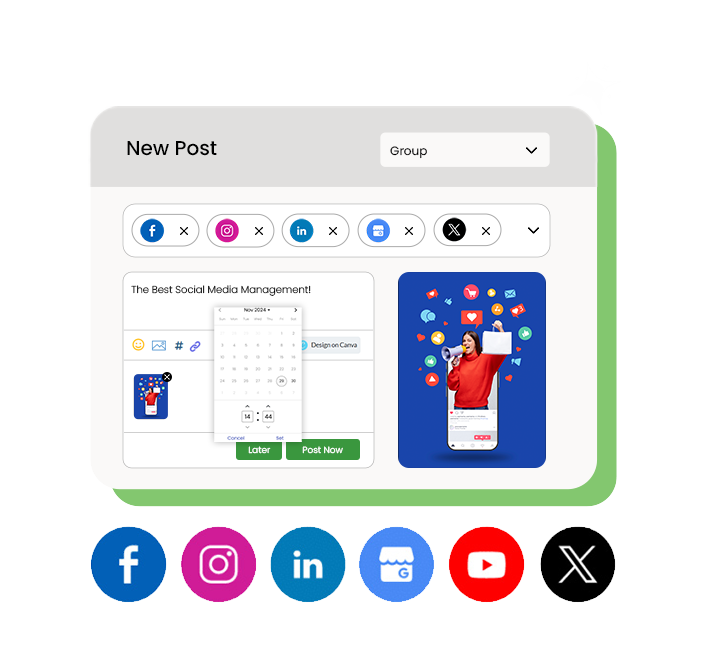
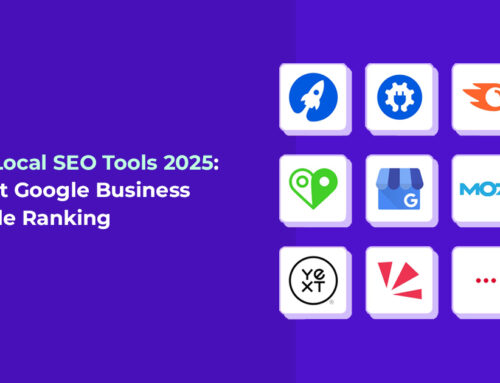
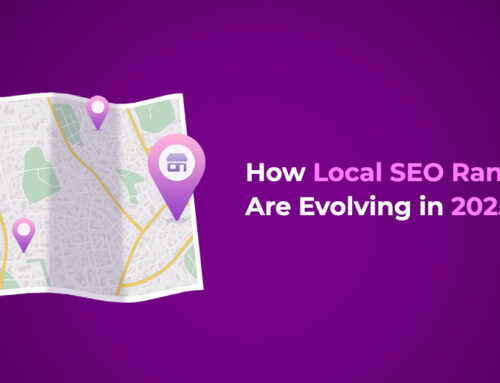
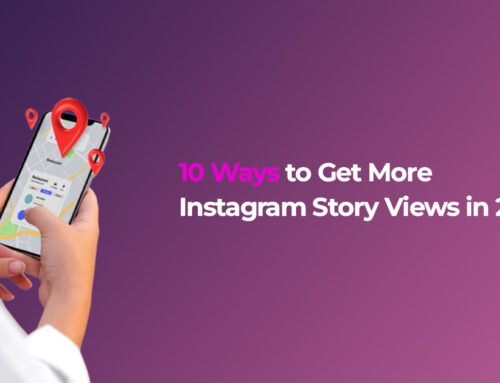
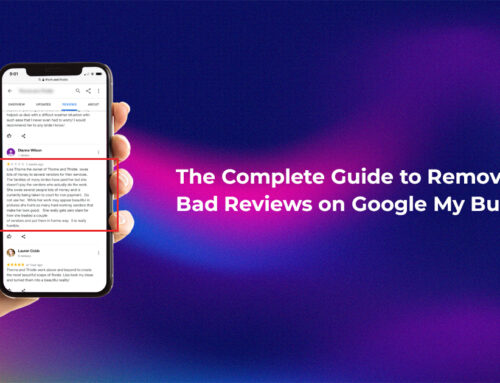

Leave A Comment